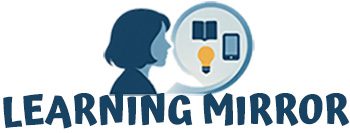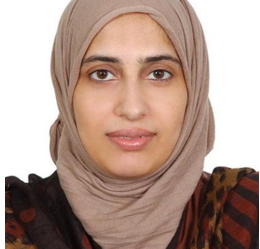
It began like most school evenings — books scattered across the table, chai going cold, and mild panic in the air.
Then my daughter looked up and asked, “Dada, why are they called alphabets?”
I blinked. “Good question.” And for once, I didn’t pretend to know.
We looked it up together. Alphabet comes from the first two Greek letters — alpha and beta. She laughed. “So, we’ve basically been saying A-Bees all this time?”
That laugh did something. The homework stayed open, but the lesson shifted.
The next night, she spotted television on her list. “Tele means far. Vision means seeing,” I said. “So… far-seeing?” She grinned. “That’s genius!”
Then came photograph — light + writing. Geometry — earth + measuring. Pandemic — all + people. Amphibians — both + life.
Suddenly, every word had a secret life. She wasn’t memorizing anymore; she was decoding.
A few weeks later, the same curiosity popped up again — this time, with AI. She was stuck on a science question and typed into ChatGPT: Explain photosynthesis.
The answer came back perfectly — and perfectly boring. She frowned. “It sounds like my textbook got a robot voice.”
So, she tried again.
“Explain it like I’m 10.”
“Explain it using food.”
“Explain it as if a plant could talk.”
By the fourth try, her eyes lit up. “Now it makes sense.”
That was my moment of realization: She was using AI the same way she used words. Breaking things apart. Asking sharper questions. Tracing meaning until it clicks.
Etymology and AI aren’t opposites. They’re the same skill — the art of asking precisely.
Now our rule at home is simple: AI is your learning partner, not your shortcut. Use it to explore, not escape. If you can build better prompts, you can build better thoughts.
When she writes now, her vocabulary is richer — not because she’s learned fancy words, but because she’s learned how they work. And when she uses AI, she’s not looking for answers; she’s building them.
One night, while packing her bag, she said, “Dada, you know… I think words are like prompts.”
I asked why.
“Because both decide how the world replies.”
I didn’t have an answer for that — just a quiet feeling that maybe this is what learning looks like now: A child, a parent, and a curious question that still echoes long after homework ends.
Mr. Tharun Harshal


